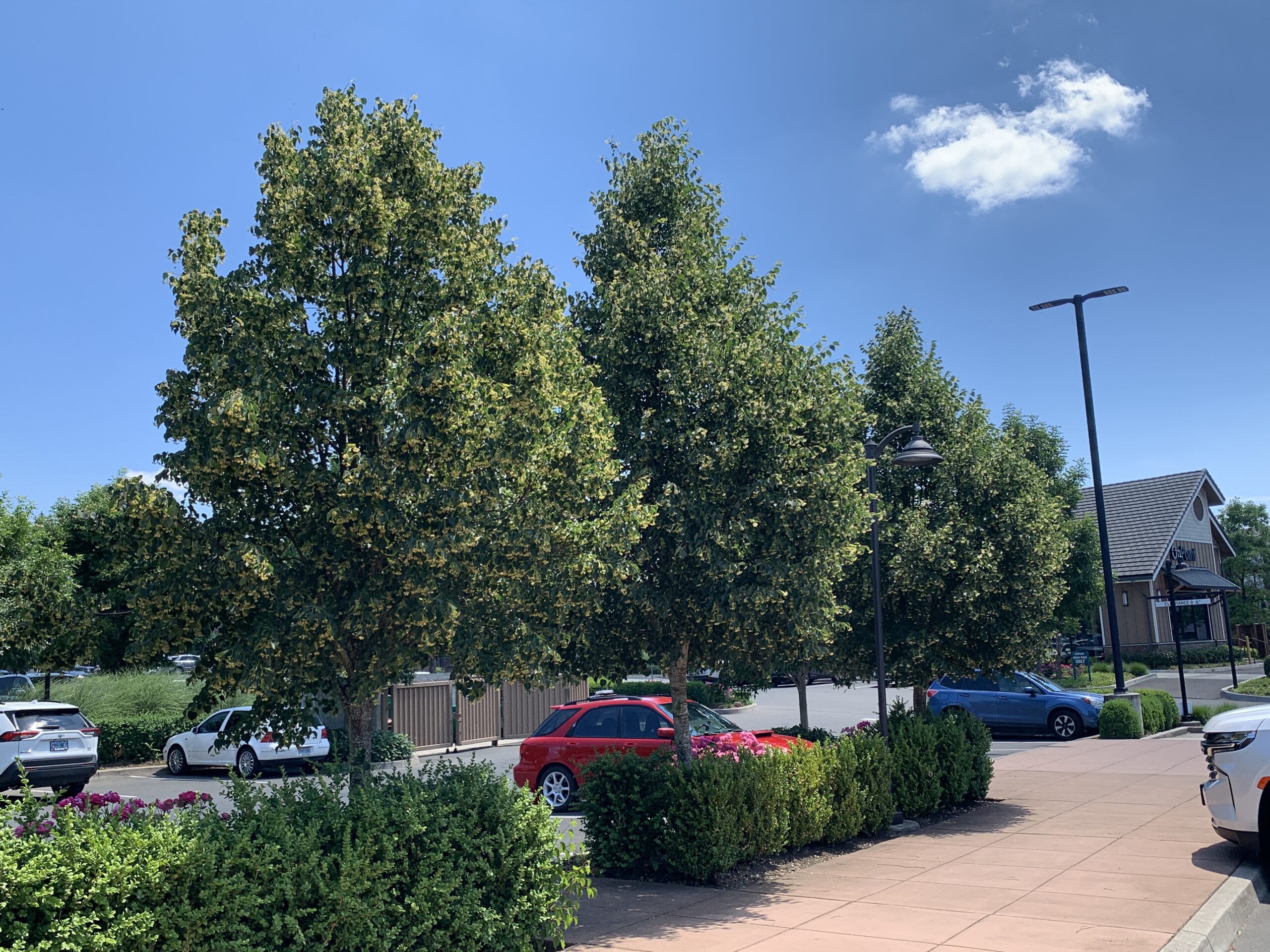Most gardeners would like to think of themselves as being good stewards of the earth — people do what they can to care for and nurture our planet.
With the electronic age that we live in, we are often bombarded with information, some useful and some not so much. The gardening world is also full of myths, and it can be difficult to decipher what is true and what is not. It can also sometimes be difficult to know, as gardeners, what role we can play to help our environment.
A question or topic that is often mentioned is that of carbon sequestration. What does it really mean, and what practices can we, as gardeners, do that are beneficial?
To find answers, I talked to Jessica Halofky, director of the U.S. Department of Agriculture Northwest Climate Hub and Western Wildlife Environmental Threat Assessment Center. The content of this discussion is based on what she told me.
Carbon sequestration
When we hear the phrase “carbon sequestration,” the carbon refers to atmospheric carbon dioxide. Carbon dioxide is one of many greenhouse gases, and it is the most important one when referring to climate change. Sequestration means to remove and store something, and in this scenario, it means to remove and store atmospheric carbon. Sometimes this is referred to as “carbon capture.” Plants sequester carbon when they photosynthesize, storing carbon in their cells.
While leaves are the powerhouse of photosynthesis, bark can also photosynthesize. This usually happens in late winter, as trees form buds to leaf out. Sunlight can also penetrate thin-barked trees like birch and aspen.
Carbon is stored in all parts of the tree, including leaves, bark, branches, roots, flowers, and fruit. A young or middle-aged tree would take in carbon dioxide faster than an older tree. However, the older tree takes in more carbon overall and has more carbon stored because the older tree is probably larger. Older trees tend to be more efficient at carbon uptake and they capture more carbon per unit of leaf area.
How much carbon?
Faster-growing tree species would absorb more carbon annually than slower-growing trees. Maples with large leaves could uptake more carbon in their growing season, but they don’t grow in winter. Hardwoods have denser wood, and they can store more carbon even if they are smaller. Conifers tend to live longer than deciduous trees, which means they store carbon for longer periods of time.
There are many factors to consider regarding the amount of carbon taken in by a tree. In one season, a maple may take in more carbon than a conifer, but when looking at the tree, a conifer stores more carbon than a maple.
Carbon cycle
When a tree dies, the speed at which it decomposes affects how quickly it releases carbon. Slower decomposition gives other organisms a chance to recapture some of that carbon.
In the autumn, as leaves fall from deciduous trees and decompose, the leaves release carbon. Some of the carbon stays in the leaves when they are composted. However, if the leaves are not composted, where do they go?
Sending them to a landfill or burning them are not good options. When leaves are burned, they release much more carbon than through decomposition. When leaves are put in a landfill, over time they release methane gas which is a more powerful greenhouse gas than carbon. So, yes to composting leaves — it is the better option.
Enriching soil
When compost is added back into the soil, it improves the texture and water-holding capacity. It also adds nutrients like calcium, magnesium, and potassium. This essentially makes your composted leaves either carbon neutral or carbon negative.
When a tree dies, much of the carbon the leaves have taken in will end up in the tree. If it is burned or taken to a landfill, it will release more carbon than it stored. If it is made into woodchips and used as mulch or compost, some of that carbon will return to the soil.
Soil health is a key factor to increased carbon storage. Healthy soil is vibrant and alive with healthy microbiome and nutrients to sustain plant growth. Plants grow bigger in healthy soil, which means more carbon sequestered. Healthy microbiomes in soil can slow down decomposition rates, meaning more carbon ends up staying in the soil.
Being a gardener is already a big step towards increasing carbon sequestration capacity on your land. To think about places where you can store carbon, can you plant more trees? Adding biochar (charcoal produced from plant matter) to your soil is helpful. Rather than leaving bare soil after the summer garden is gone, consider planting a cover crop.
When it is time to plant in the spring, till the cover crop into the soil. This will increase the carbon in your garden. Including legumes in the cover crop seed mix will also add nitrogen which improves plant growth.
Perhaps having a goal of encouraging the land to store as much carbon as possible should be on every gardener’s mind. Think of your own personal carbon cycle and, how you emit and recapture carbon. That should stimulate you to envision creative ways to store more carbon and help nurture Mother Earth.
Mike Darcy is head “plant nerd,” longtime speaker, host of gardening shows on radio and TV, and author of the In the Garden email newsletter. You can reach Mike, or subscribe to his newsletter, at ITGMikeDarcy@Comcast.net.

